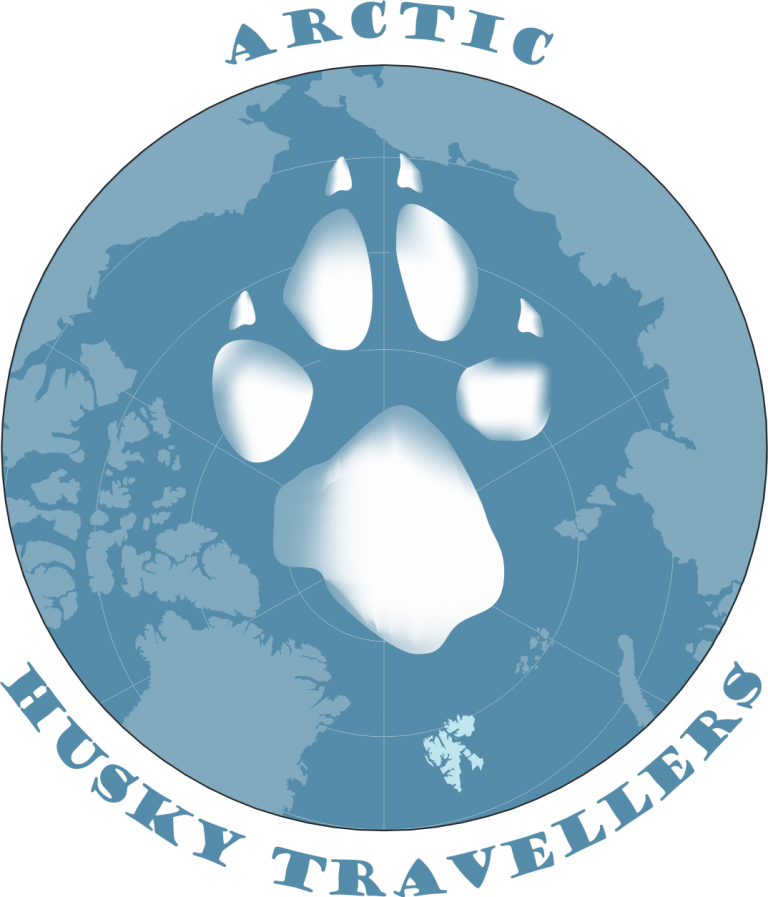Svalbard, an archipelago located in the Arctic Ocean midway between mainland Norway and the North Pole, is often regarded as one of the best-protected wilderness areas in the world due to its strict environmental regulations, pristine landscapes, and unique biodiversity. 
1. Legal Protection
- Svalbard Environmental Protection Act (2002): This act enforces strict rules to safeguard the environment, wildlife, and cultural heritage. Human activities are highly regulated to minimize impact.
- Protected Areas: About 65% of Svalbard’s land and 87% of its territorial waters are designated as national parks, nature reserves, or bird sanctuaries. These areas are off-limits to activities like mining and unregulated tourism.
- Visitor Regulations: Tourists must follow stringent guidelines to reduce their ecological footprint, including restrictions on leaving trails, disturbing wildlife, and littering.
2. Pristine Arctic Wilderness
- Svalbard’s untouched tundra, glaciers, and fjords represent some of the last true wilderness areas on Earth. The lack of extensive human development preserves its natural beauty and ecological integrity.
- The archipelago’s harsh climate and remoteness have limited industrial activities, preventing large-scale exploitation of resources.
3. Research and Monitoring
- The archipelago hosts numerous research stations focused on climate change, Arctic ecosystems, and glaciology. This scientific presence helps monitor and manage the environmental impact of human activities.
- Svalbard Global Seed Vault, located here, symbolizes a commitment to preserving biodiversity on a global scale.
4. Sustainable Tourism
- Tourism in Svalbard is tightly controlled. Tour operators must adhere to strict guidelines, and visitors are required to be accompanied by licensed guides in many areas.
- Tourist activities are designed to be eco-friendly and educational.
5. Minimal Human Footprint
- The population of Svalbard is small, with around 2,500 residents primarily living in Longyearbyen, the largest settlement.
Challenges and Opportunities
While Svalbard is an exceptional example of wilderness protection, it faces big challenges due to global warming with rapidly melting glaciers, thawing permafrost, and shifting ecosystems, which highlight the urgent need for continued vigilance.

